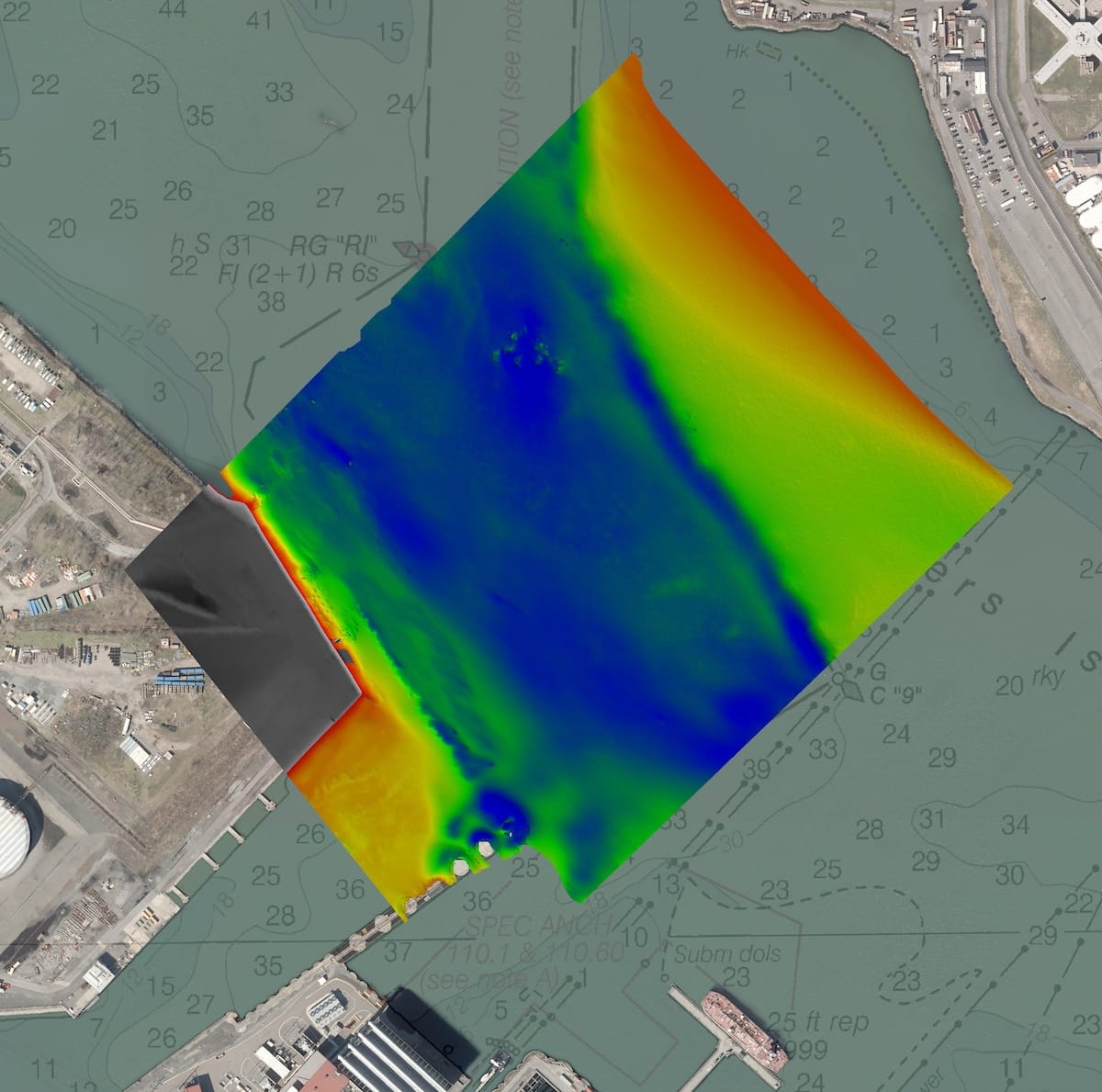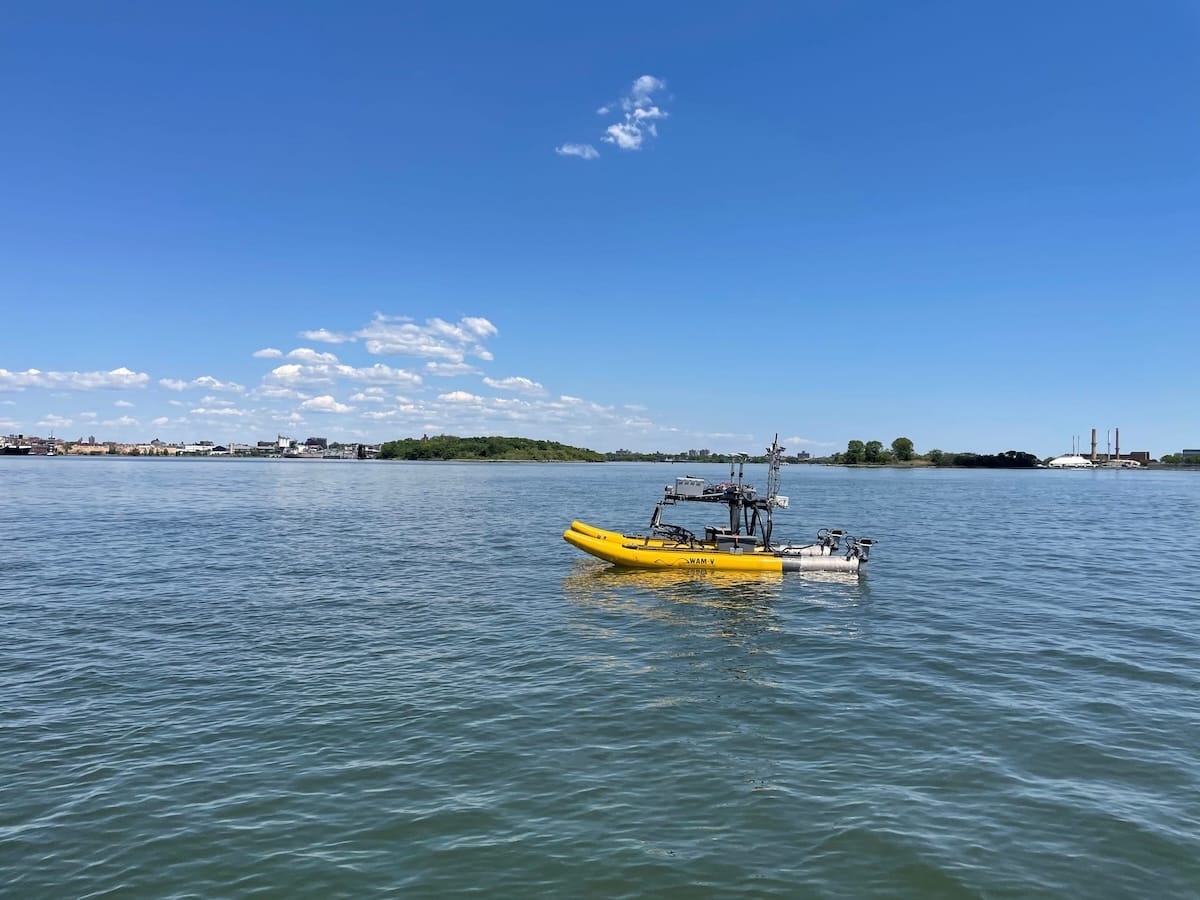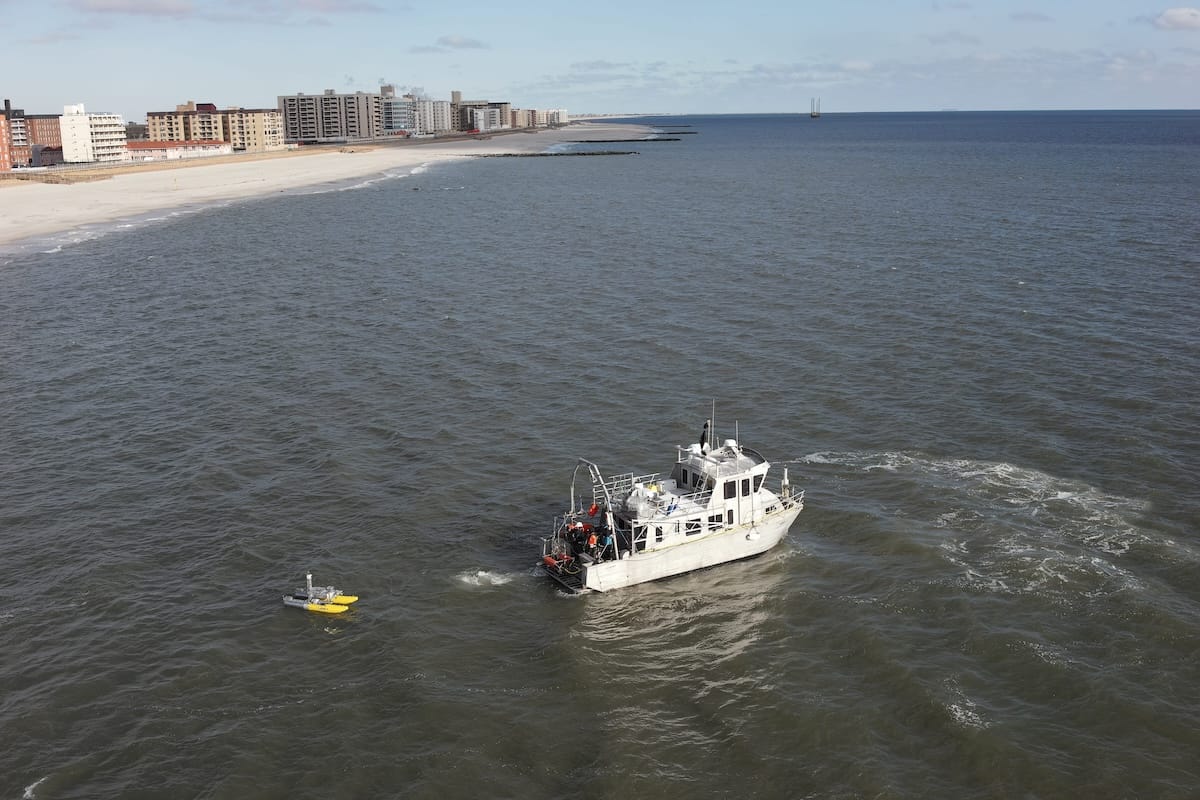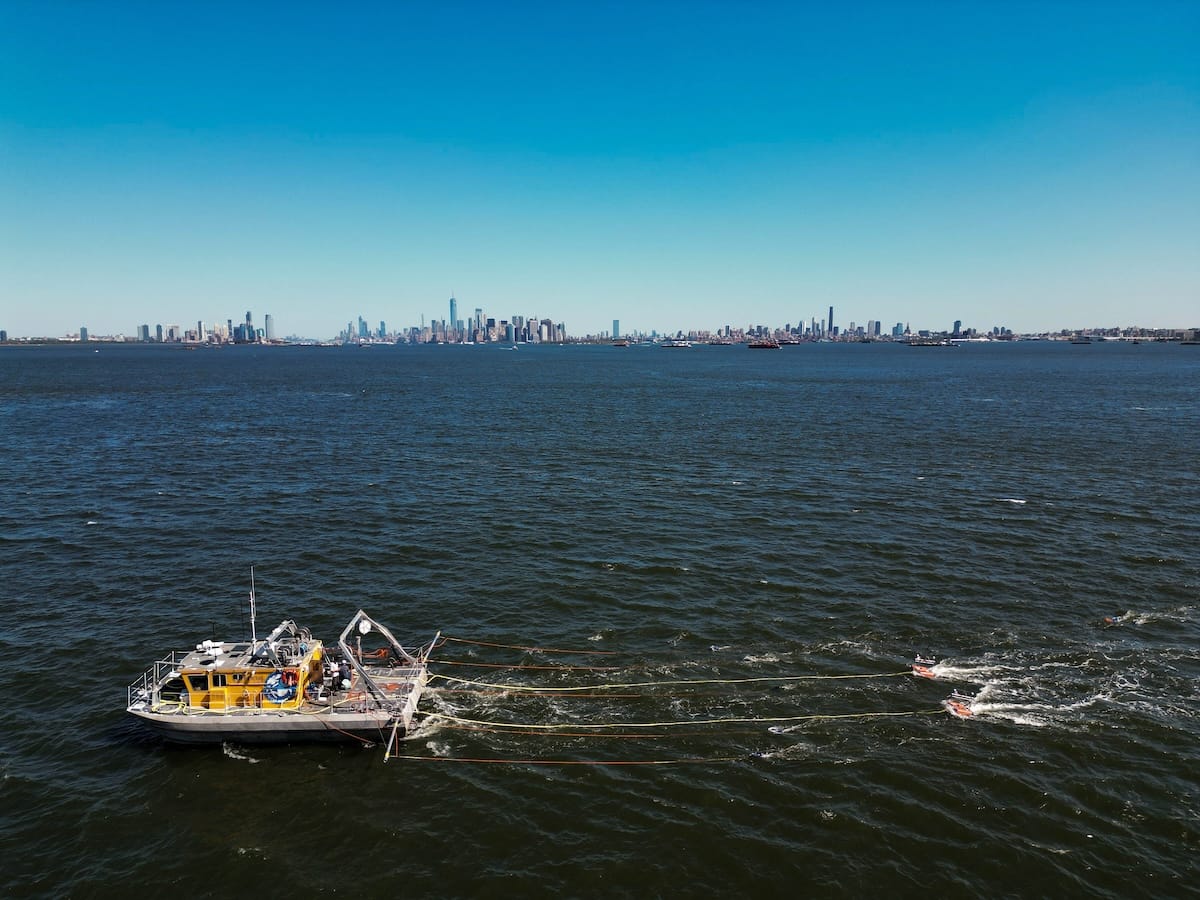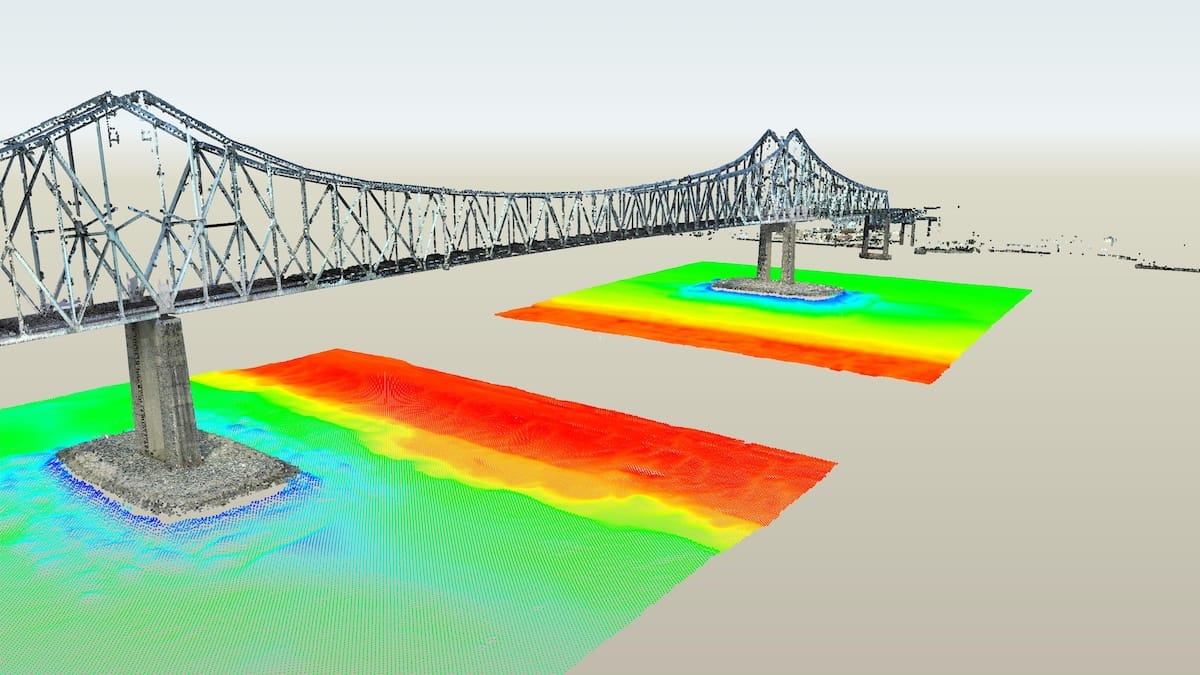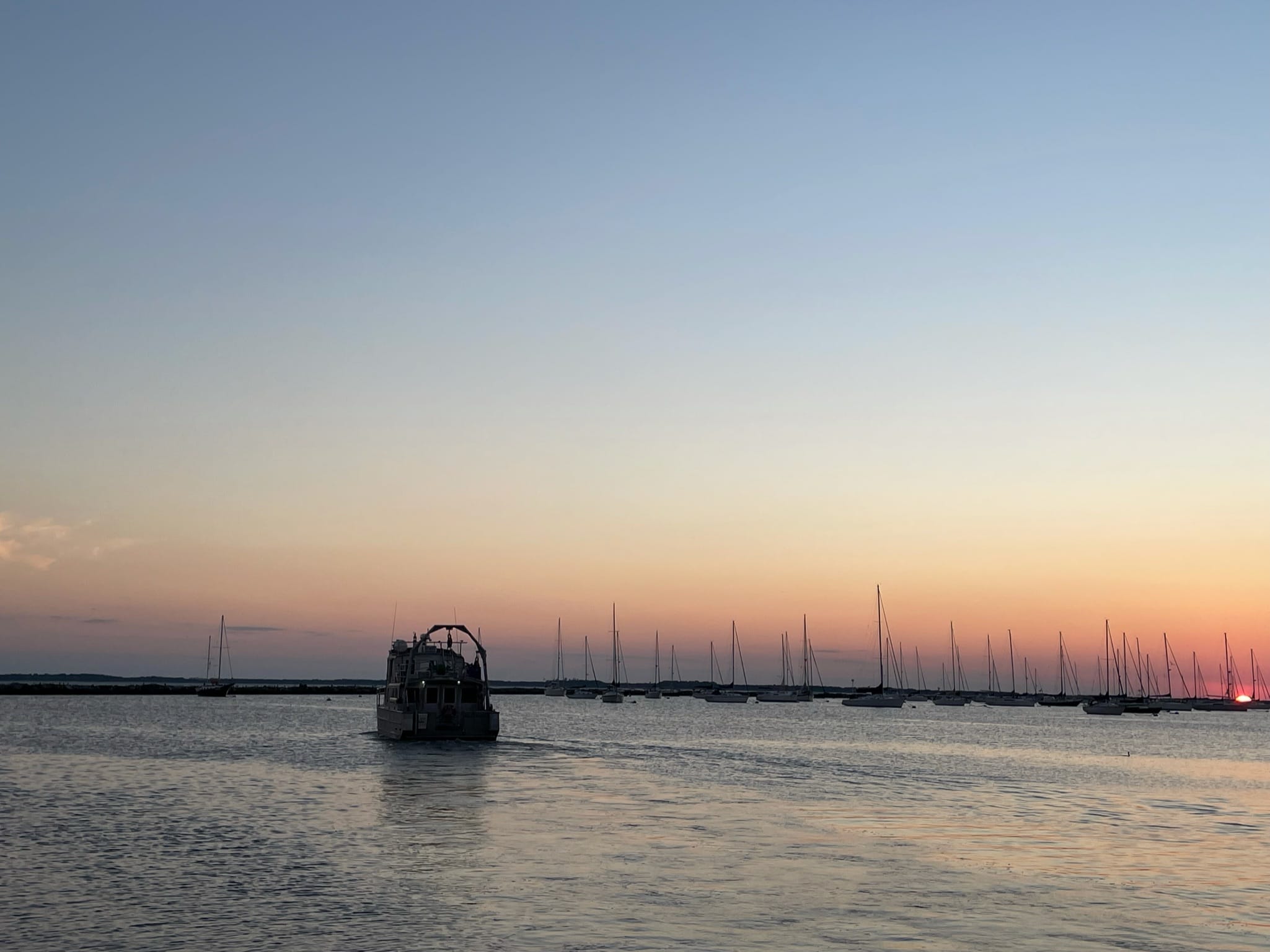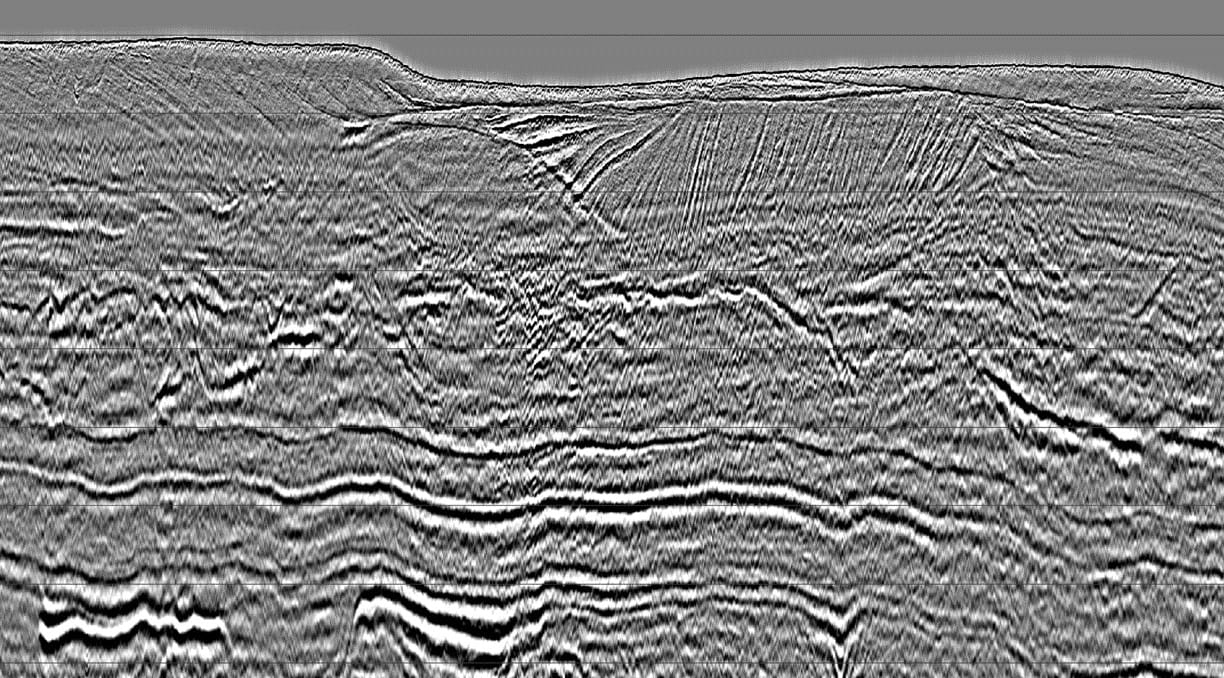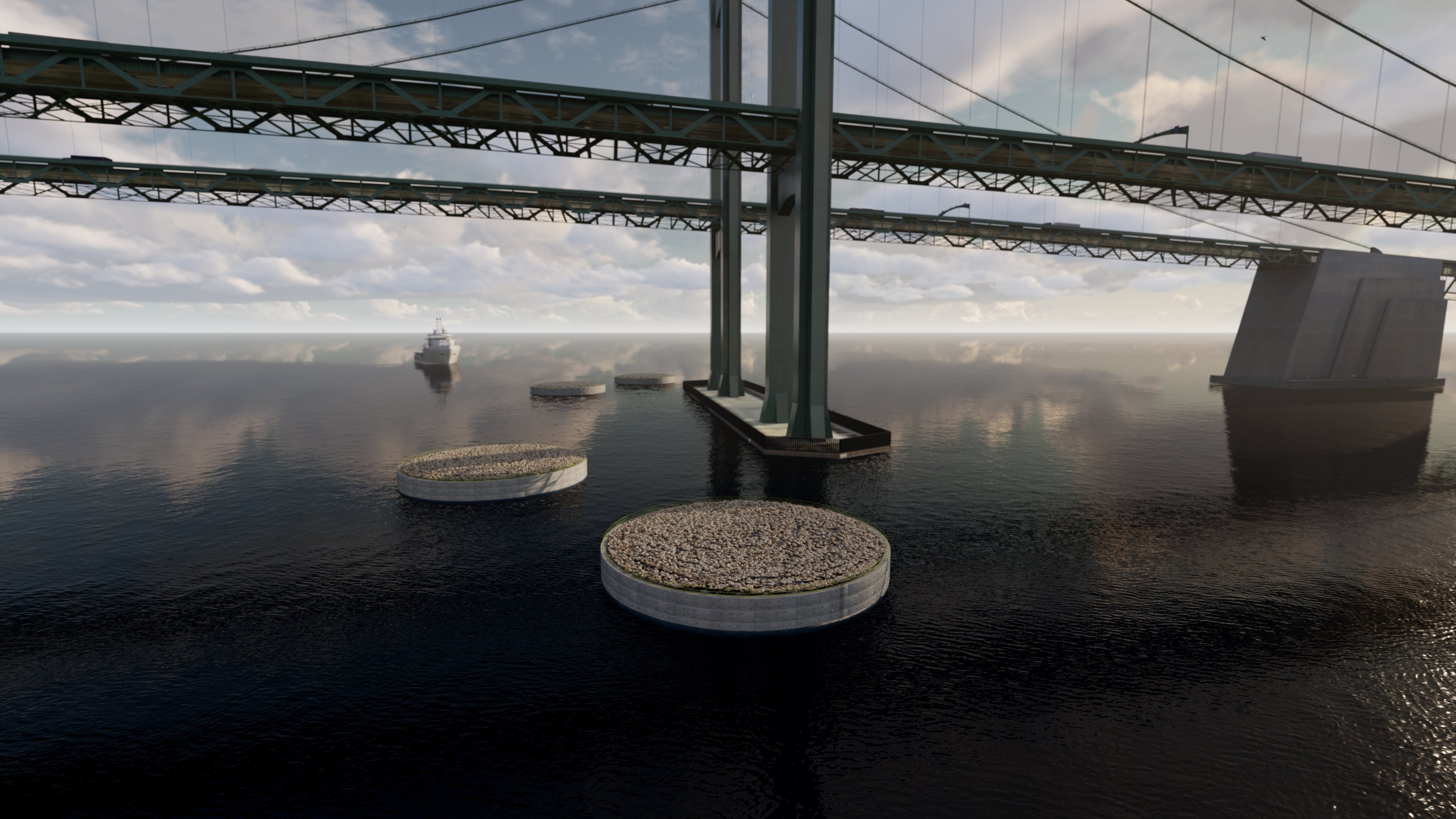
In-House Geophysical Surveying
Does your project require site specific geophysical information to aid in hazard detection, UXO clearance, foundation engineering, asset detection or ground model development?
Our Geophysical Surveying Capabilities
Our diverse geosciences team includes geophysicists, hydrographers, geotechnical engineers, licensed PEs and RPLS surveyors that deliver relevant and valuable geophysical data about your assets and projects sites.
See What S.T. Hudson's Geophysical Survey Services Can Do For You:
- Side Scan Sonar
- Magnetometer and Gradiometer
- Sub-bottom Profiler
- Single and Multi-Channel Seismic Reflection
- Seismic Refraction
- Electrical Resistivity Tomography
- Electromagnetic Induction
- Multibeam Echosounder and Acoustic Backscatter
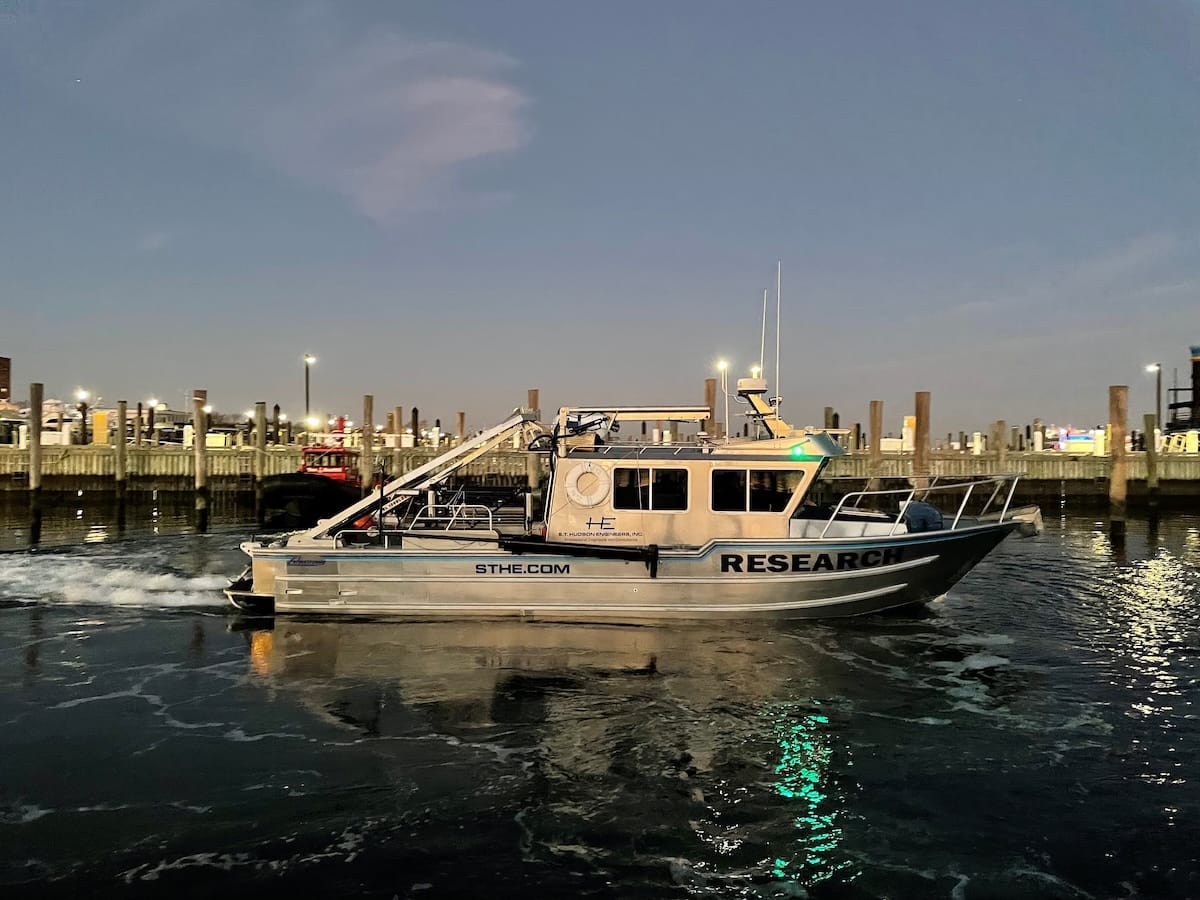
Our Services Include:
- Magnetic Mapping – Using a scalable array of magnetic sensors can assist in identifying assets, hazards such as UXO, pipelines/cables, marine debris, and shallow geologic features. This data can be collected in all water depths, as well as on land, to identify locations for further investigation or confirm the location of a known asset or hazard. Single magnetometers can be towed to comply with cultural requirements, align known pipelines or locate large assets/hazards. Arrays of up to 8 magnetometers can be used to model the ambient magnetic field in high resolution to identify small objects, single pipes placed closely together, pinpoint locations of hazards for mitigation, or clear areas of potential UXO.
- Sub-bottom Profiler – Sub-bottom profilers use seismic reflection principles to model the condition, shape, and stratigraphy of the ground below the seafloor. We use a wide variety of sub-bottom profilers fit for the purpose of the data being collected. Your project goals will dictate the use of parametric or traditional CHIRP sub-bottom profilers to collect data below the seabed and model the location of those assets, hazards and horizons relevant to the client’s purpose. Sub-bottom profiling is an excellent tool to identify pipelines, cables, trenches, depth to bedrock, and small buried hazards identified with other tools such as Magnetometer and Side Scan Sonar. Depending on the location conditions, the sub-bottom profiler can accurately and precisely model the stratigraphic profile up to 35m below the seabed.
- Medium Penetration Seismic Reflection – When your project needs to identify the condition of the subsurface up to 250m below the seafloor, we use a fit for purpose combination of source (boomer, sparker, bubble-pulser) and receivers to collect the subsurface data you need to further your project goals. We can provide single channel Ultra-High Resolution Seismic data to identify paleo-channels, the depth of cultural significance potential, depth to bedrock, and shallow stratigraphy. Multichannel seismic data down to 0.5m group spacing can be acquired for a full paleo-landscape reconstruction down to 250m below the seabed.
- Cable and Pipeline Route Surveys – Our team of geoscientists, surveyors and engineers are industry experts in combining the necessary data, analyses and products for a successful and complete Cable or Pipeline route survey. Using Ultra-high-resolution sonars, state of the art geophysical sensors and an interdisciplinary team, we are ready to tailor a survey program to provide the marine geophysical data you need to move forward with your route development.
- Geohazard Assessment – The amount of data collected during a geophysical survey can be massive. Integrating that data together to understand the seabed and subsurface from a hazard standpoint requires a great deal of experience and understanding the hazards from our client’s perspective. From identifying shallow gas, boulders and channels that may pose a hazard to drilling, trenching or laying, to identifying Unexploded Ordinance potentials that may pose a risk to any bottom disturbance at all, we are experts in providing data-driven assessments of those hazards to our clients before any unsafe activity begins.
ST Hudson was there when it counted and you should be applauded.
South Jersey Port Corporation -
See Our Experience
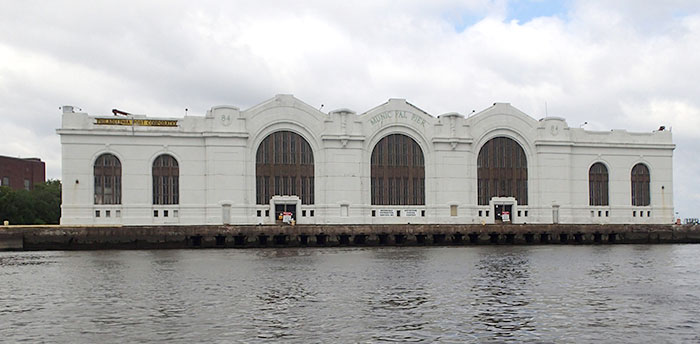
Philadelphia Regional Port Authority
Pier 80 and 82 Hardware Repairs | Pier 82 and 84 Pile Repairs
Learn more +

Energy Transfer Marcus Hook Industrial Complex
Addition of a New Fire Water Intake System
Learn more +
Pro Tips
The construction management consultant should be available to be on-site for all crucial project events. This individual should participate in weekly progress meetings and receive construction schedule updates, as well as notifications on deliveries of major materials and components.
Ideally, the construction support consultant should be brought in during the bidding phase to provide technical feedback on the contractor’s approach to the project and provide value engineering options. The construction support firm should be hired no later than immediately after award of the project.
